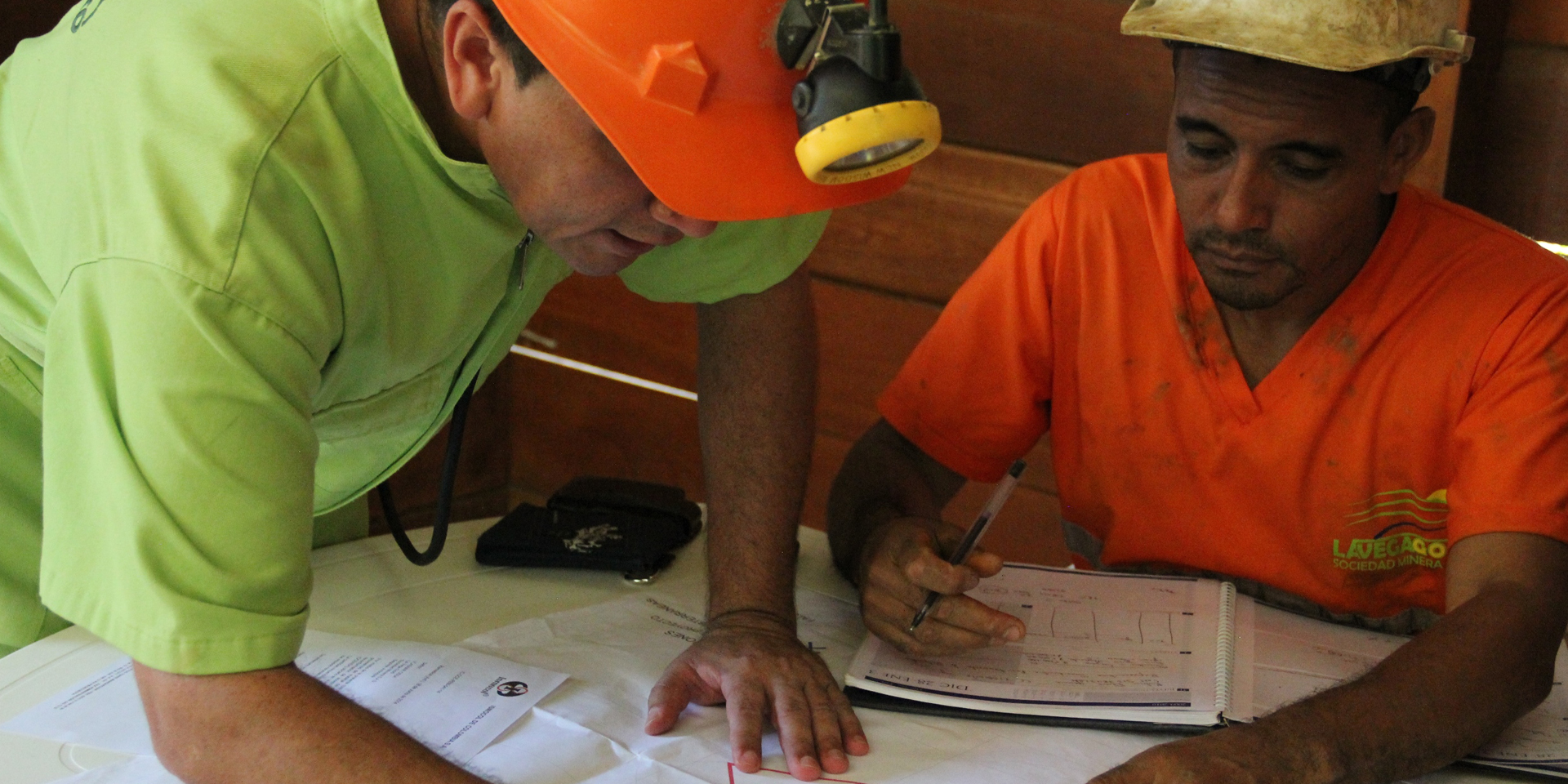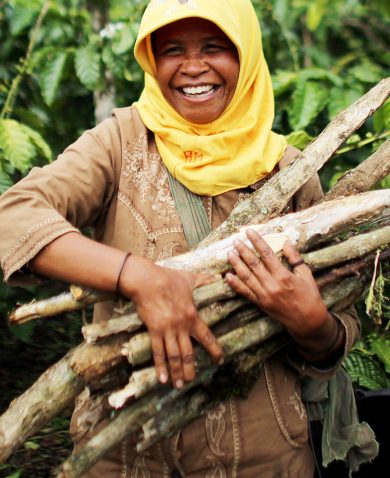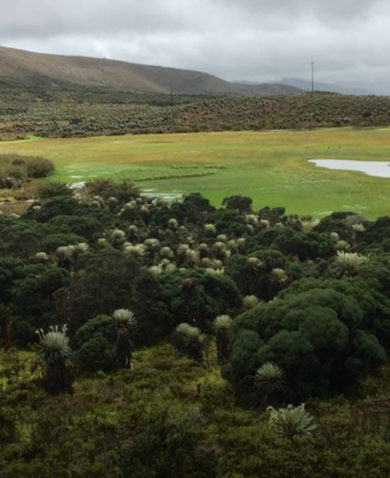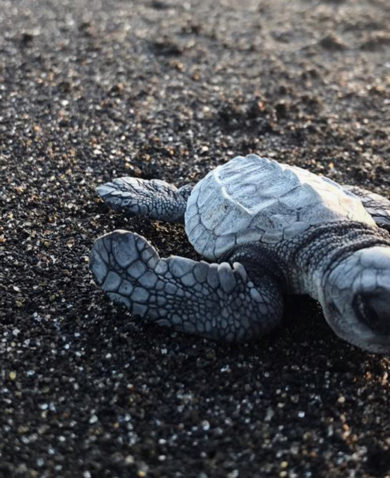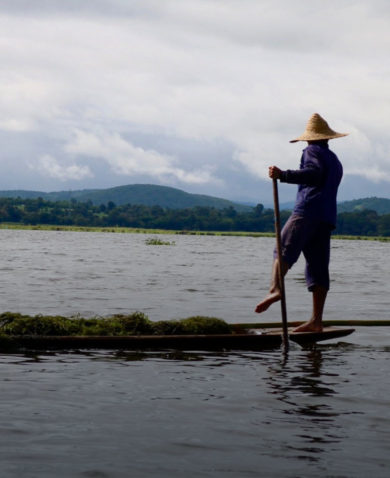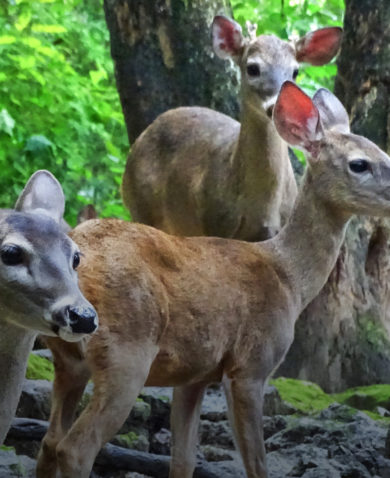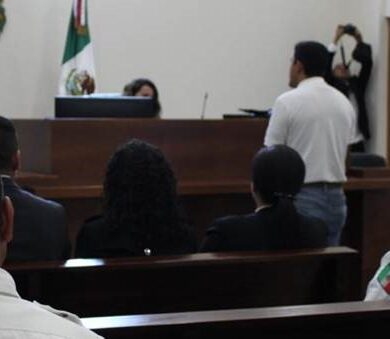Testing the Theory in Colombia
As a global framework, REDD+ is still in its early stages, and existing projects have served as a testing ground for the idea. Through projects like BioREDD+, the international community has developed and tested methodologies to measure the carbon stored in forests and put in place social and environmental safeguards. In fact, the eight projects under BioREDD+ incorporated a number of innovations, like new remote sensing tools to more accurately estimate carbon pools over time and use of community-approved action plans as the basis for project design documents.
In Colombia, all eight action plans have been validated by the Rainforest Alliance under the Verified Carbon Standard and the Climate, Community and Biodiversity Alliance Gold standard, which recognizes the projects’ potential to mitigate climate change while benefitting the community and biodiversity. Once the REDD+ projects undergo the second step of certification — verification that implementing the action plans is resulting in net CO2 emission reductions — the communities will be awarded verified carbon units that they can sell on the international market. The communities will reinvest the revenue into community development activities, which they have planned with support from the USAID-funded BioREDD+ Program.
Making it Official
In the past, REDD+ certificates have been purchased by private and public actors that wish to voluntarily offset their carbon footprints. Buyers include Marks and Spencer, Allianz, Natura Cosmetics, Microsoft, and Barclays. Chemonics’ BioREDD+ program also worked with NGO Code REDD to develop the first online platform where individuals can purchase verified carbon units — the Stand for Trees website, funded by USAID.
In the future, buyers may also include national governments. Many governments have committed to emission reductions targets under the UN Framework Convention on Climate Change and could use REDD+ certificates to reach those targets depending on UN approval. This could mean that much more compensation would flow to the 19 communities in Colombia and others like them that are working to conserve their forests.
Good for Locals, Good for the World
Thanks to the work of these communities, a large swath of Colombia’s tropical forests will be conserved for future generations. For them, the REDD+ framework is a chance to take charge of the future of their natural resources. The Superior Indigenous Cabinet of Mutata called it “an important act of governance over our forests.”
At the same time, these communities are demonstrating the potential of a framework that could be used all over the world. By compensating communities for being good stewards of their forests, could REDD+ become one of the most effective ways to slow down climate change? Only time, and projects like USAID’s BioREDD+ Program, will tell.

